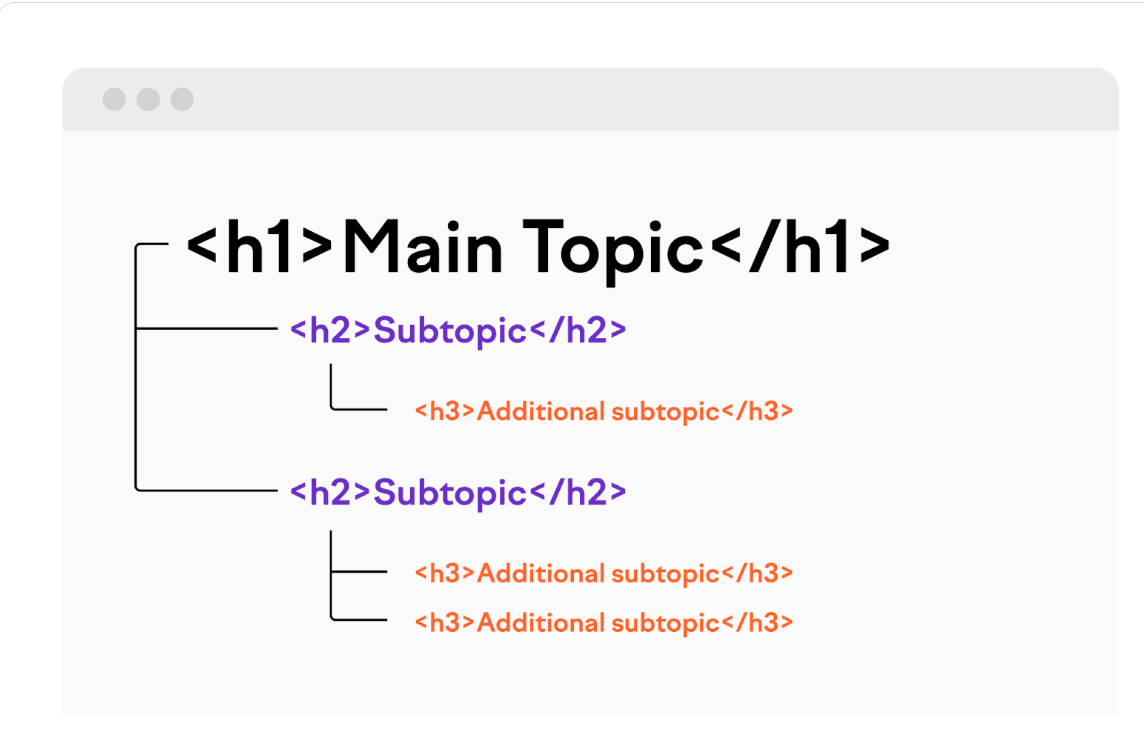Simple SEO Guide for Small Businesses Using WordPress
)
Boosting your website’s visibility is essential for driving traffic and growing your business. Here’s a step-by-step guide based on the SEMrush WordPress SEO guide to help small businesses optimise their WordPress website for search engines.
1. Choose an SEO-Friendly Theme
? Why it matters: An SEO-optimised theme ensures your site runs smoothly, loads quickly, and is mobile-friendly—all crucial for search rankings.
? Tip: Look for themes that advertise themselves as “SEO-friendly” and have fast load times.
2. Install an SEO Plugin
? Why it matters: WordPress SEO plugins, like Yoast SEO or Rank Math, make it easier to optimise your content.
? Tip: Use plugins to manage meta tags, generate XML sitemaps, and analyse your content for readability and keyword usage.
3. Optimise Permalinks
? Why it matters: Clean, descriptive URLs help both search engines and users understand the content of the page.
? Tip: Go to Settings > Permalinks in your WordPress dashboard and select “Post Name” to create short, keyword-rich URLs.
4. Use Keyword Research to Inform Content
? Why it matters: Targeting the right keywords helps your business appear in relevant search results.
? Tip: Use tools like SEMrush or Google Keyword Planner to find keywords with good search volume and low competition. Integrate them naturally into your blog posts and website content.
5. Create High-Quality, Optimised Content
? Why it matters: Valuable, well-structured content engages readers and improves search rankings.
? Tip:
? Use H1, H2, H3 headers for a clear structure.
? Include your primary keyword in the title, introduction, and subheadings.
? Write naturally for your audience, not just for search engines.
6. Optimise Meta Titles and Descriptions
? Why it matters: These show up in search engine results and impact click-through rates.
? Tip: Write unique, compelling meta titles (up to 60 characters) and descriptions (up to 160 characters) for each page using your SEO plugin.
7. Improve Website Load Speed
? Why it matters: Faster websites rank higher and offer better user experiences.
? Tip:
? Compress images using plugins like Smush.
? Use a caching plugin like W3 Total Cache to improve load times.
? Consider a Content Delivery Network (CDN) for faster global access.
8. Ensure Mobile-Friendliness
? Why it matters: More people are browsing on mobile devices, and Google prioritises mobile-first indexing.
? Tip: Use Google’s Mobile-Friendly Test tool to check if your site is optimised for mobile. Make adjustments using your theme or a responsive design plugin if necessary.
9. Leverage Internal Linking
? Why it matters: Internal links help users and search engines navigate your website more easily and boost SEO.
? Tip: Link to related blog posts or product pages within your content to enhance relevance and engagement.
10. Generate an XML Sitemap
? Why it matters: A sitemap helps search engines crawl and index your website efficiently.
? Tip: Use your SEO plugin (like Yoast or Rank Math) to automatically generate an XML sitemap and submit it to Google Search Console.
11. Optimise Images for SEO
? Why it matters: Properly optimised images improve page load time and accessibility.
? Tip:
? Use descriptive, keyword-rich filenames.
? Add alt text to every image, describing what’s in the image for accessibility and SEO.
12. Monitor and Improve with Google Analytics and Search Console
? Why it matters: Tracking performance helps you see what’s working and identify areas for improvement.
? Tip: Install Google Analytics and Google Search Console to monitor traffic, rankings, and site health. Use the data to adjust your strategy over time.
By following these simple steps, you can ensure your WordPress site is well-optimised for search engines, helping your small business grow online. SEO is an ongoing process, so regularly review your site and content to stay competitive.
) Author:Danielle MacInnis
Author:Danielle MacInnis| Tags:SEO |
Post comment




